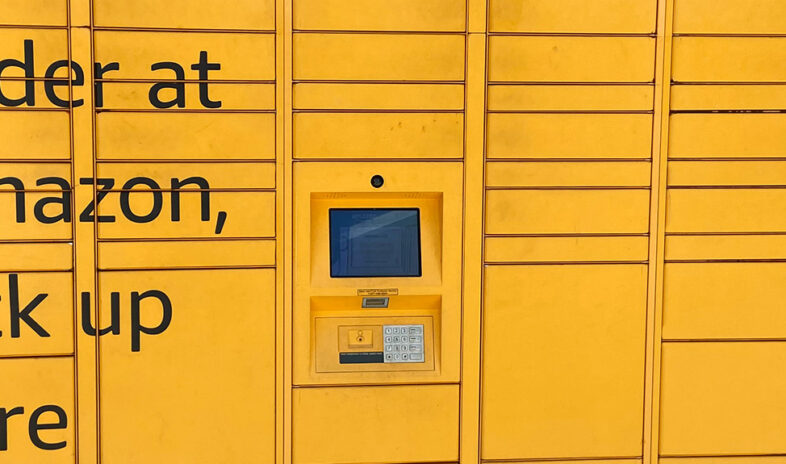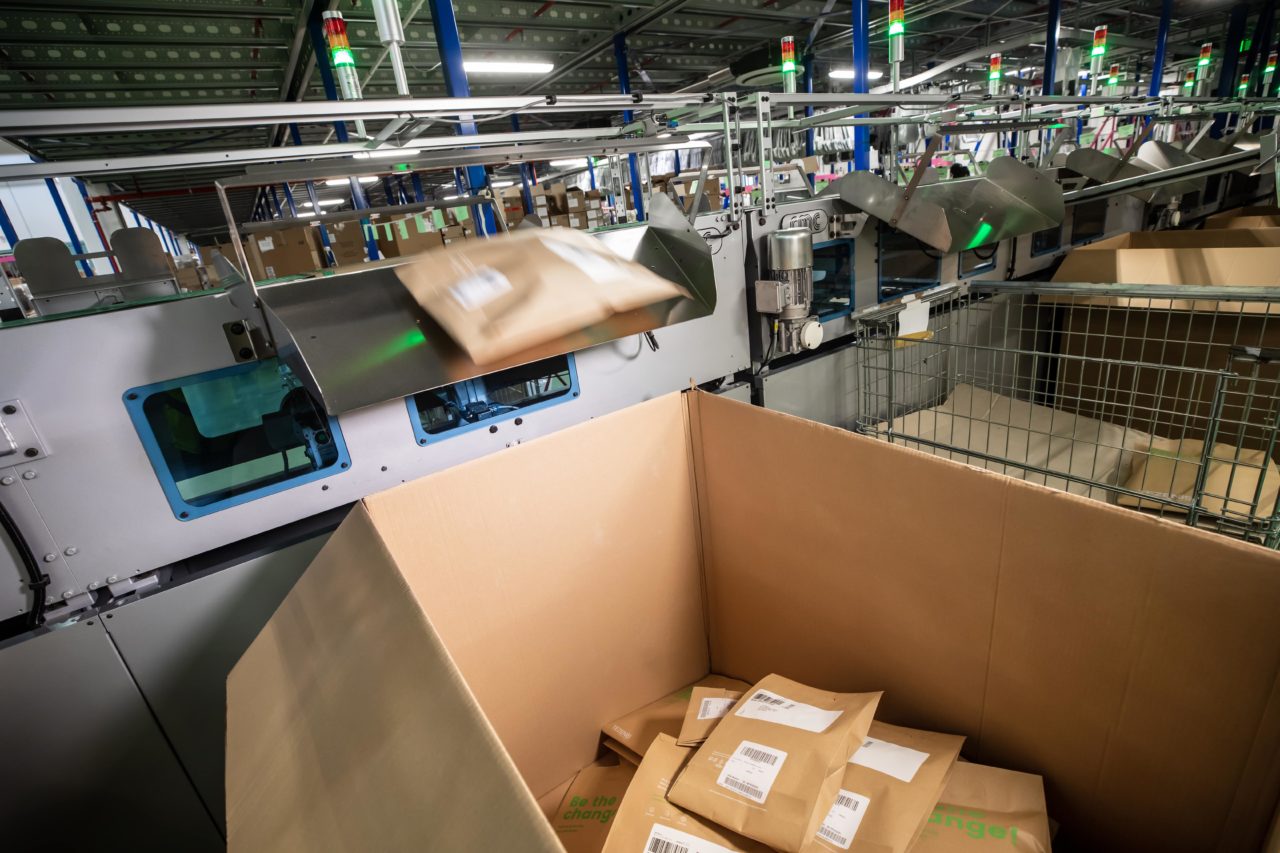More digitalisation and automation please!
Greater levels of digitalisation and automated processes are an imperative for material handling operators and most companies will be investing in emerging technology over the next five years.
There are many factors behind this drive. Companies are looking for technologies that can support new business and operating models, that can achieve greater agility and resiliency and that enable improved decision making.
But other order fulfilment operators are also looking to technological solutions to improve efficiency in their operations and help manage labour shortages.
A principal reason for these investments is to reduce the latency between fulfilment planning and real-life events. Operators see advanced software platforms as helping them cut the time it takes to respond to real-world events such as the global pandemic.
When investing in emerging technology, fulfilment operators are often faced with deciding whether to upgrade their existing software solutions or replace them with new solutions. The most important question they need to ask is which option will make the biggest difference in how efficiently their fulfilment centres operate and whether it will be a positive return on investment (ROI).
Reducing risk via automation
Limiting risk is an ongoing key concern. Some material handling operators are deploying a “boundary-less planning” approach to identify and reduce risk in a reality-based manner. It means becoming prescriptive rather than predictive in decision making. Automation is key to this approach and enables the collaboration and connectivity that have become crucial to operators.
Takeaway
Software is the glue that holds order fulfilment operations together. As we move further into 2023, software trends will continue to shape the industry, and organisations that invest in emerging technologies and enhance their software platforms will be better equipped to meet the demands of a constantly evolving landscape.





